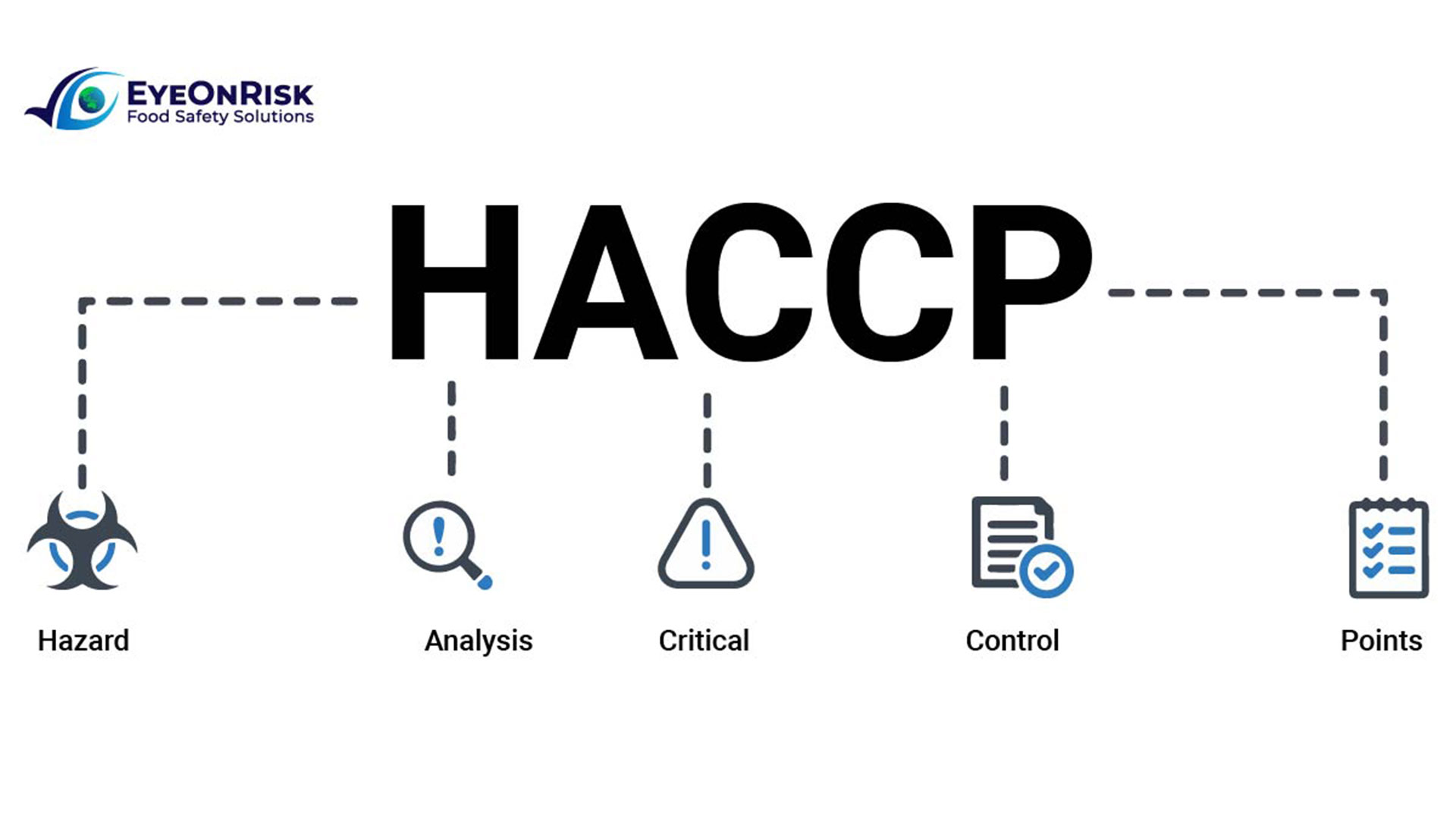What Is Hazard Analysis Critical Control Point (HACCP)?
26 Apr 2024

What Is Hazard Analysis Critical Control Point (HACCP)?
Hazard Analysis Critical Control Point, or HACCP, is a system used to identify and control food safety hazards. It is used in food production and preparation industries around the world. HACCP was developed by NASA in the 1960s for use in the space program. It was designed to ensure safe food for astronauts. The Food and Drug Administration (FDA) later adopted it for use in the food industry as an effective way to prevent foodborne illness.
What is HACCP?
HACCP is a food safety management system that helps identify and control food safety hazards. It is a preventative approach to food safety that is based on seven principles:
HACCP is based on seven principles:
1) Hazard Analysis: Identifying potential hazards in the manufacturing process.
2) Critical Control Points: Identifying key points in the manufacturing process where controls can be implemented to prevent or eliminate hazards.
3) Establishing Critical Limits: Setting standards for each critical control point that must be met to ensure food safety.
4) Monitoring Procedures: Putting procedures in place to regularly monitor critical control points and ensure they are meeting critical limits.
5) Corrective Actions: Taking corrective action if a critical limit is not met to prevent or eliminate a hazard.
6) Verification Procedures: Putting procedures in place to verify that the HACCP system is working effectively.
7) Record Keeping: Keeping records of all aspects of the HACCP system, including monitoring and corrective actions are taken.
The goal of HACCP is to prevent, eliminate, or reduce food safety hazards to an acceptable level. When properly implemented, it can help ensure the safe production of food products.
How to Develop a HACCP Plan?
A HACCP plan is a food safety system that identifies and controls hazards throughout the food production process. To develop a HACCP plan, you must first identify potential hazards in your food production process. Once you have identified the potential hazards, you must then determine what steps need to be taken to control these hazards. The last step is establishing procedures and records to ensure that the Hazard Analysis and Critical Control Points system is being followed.
Conclusion
HACCP is a food safety management system that helps businesses identify and address potential risks in their food production process. By implementing HACCP, businesses can minimise the chances of foodborne illnesses and other accidents occurring. While HACCP may require some initial investment in terms of time and money, it is ultimately an important tool for keeping your customers safe and your business running smoothly.